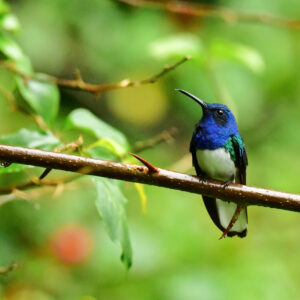
Newly hatched hummingbird looks, acts like a toxic caterpillar
"Batesian mimicry" is when a species evolves to look like one that's inedible.


"Batesian mimicry" is when a species evolves to look like one that's inedible.
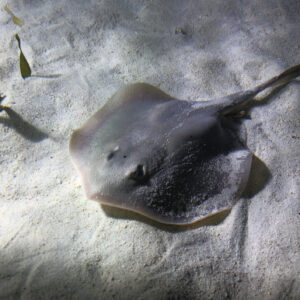
Cartilaginous fish form the same style of joint that we do, while jawless fish don't.
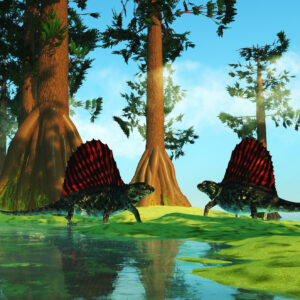
Plants thrived in present-day China throughout the End-Permian extinction.

The birds, known for their showy displays, look even more colorful than we thought.
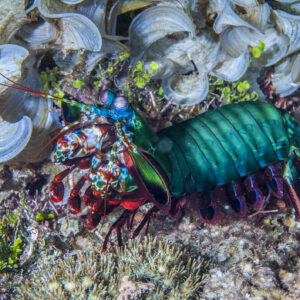
Specialized structures in the animal's claws can seemingly absorb impact.
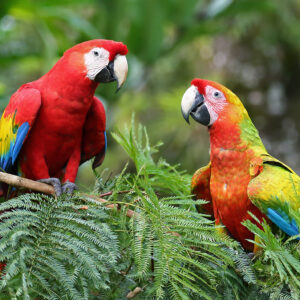
When it comes to meaningless gestures, macaws try to follow the crowd.
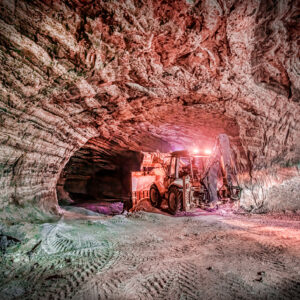
Different species thrive beneath the oceans than under the land.
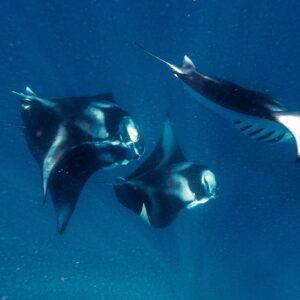
Efficient swimming and feeding make the creatures a model for human machines.
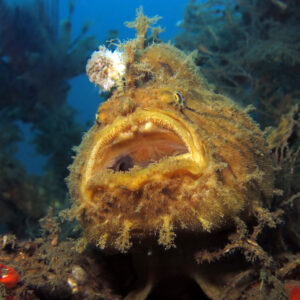
Specialized neurons have evolved to make the "bait" wiggle like prey.

People with brain injuries differ in their ability to figure out when waiting pays.

We, Neanderthals, and Denisovans all have extra copies of a starch-digesting enzyme.
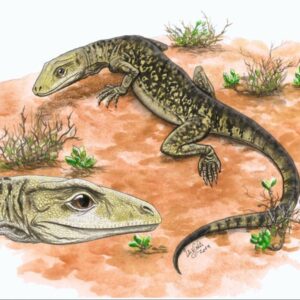
Reanalysis of a fossil finds that reptiles' traits go back earlier than we thought.
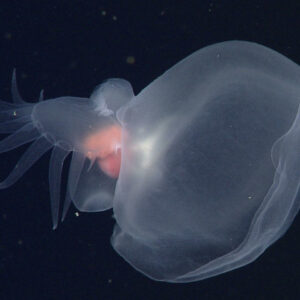
It's a nudibranch, but so distantly related that it gets its own phylogenetic family.

Their orbit periodically takes them through a cloud of gas, triggering flares.
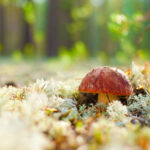
Fungi form distinct networks depending on how food sources are arranged.

Some sea robin species can use their legs to sense prey.
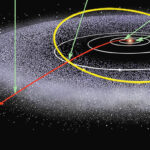
Our Solar System's Kuiper Belt appears to be substantially larger than we thought.
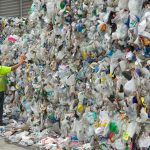
Polypropylene and polyethylene can be broken down simultaneously.
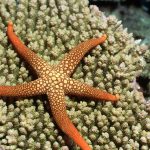
A signaling molecule that's so potent injected animals may drop more than one limb.
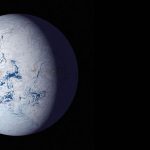
An outcrop in Scotland has material from when the Earth went into a deep freeze.

Impacts that vaporize bits of the lunar surface maintain the Moon's thin atmosphere.
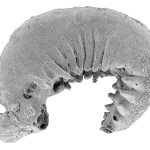
Early arthropod development illuminated by a microscopic fossil.

Volunteers watched their own performances as an MRI tracked brain activity.
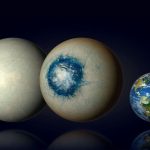
The density makes it look like a water world, but its dim host star keeps it cool.

Seismic information now allows us to make a planet-wide estimate of impact rates.
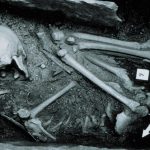
Men, women, and immigrants all seemed to have similar dietary inputs.

Stars shouldn't form that close to the black hole, so these would need explaining.
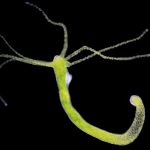
Separate systems register when the animals have eaten and control feeding behaviors.
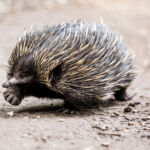
Finds may indicate what the common ancestor of the platypus and echidna looked like.
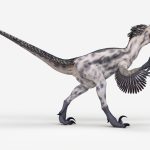
Two groups of dinosaurs moved to cooler climes during a period of climate change.
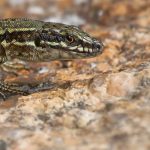
A subspecies of reptiles in Italy is much bigger and greener than its relatives.

Ryugu's parent body appears to have had a fair amount of water present, too.

Star death and birth both contribute to driving material out of a galaxy.

The Moon's former surface sank to the depths, until volcanism brought it back.
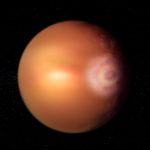
A phenomenon called a "glory" may be happening on a hellishly hot giant planet.
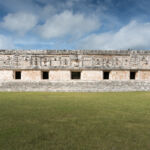
After burning, the remains were dumped in construction fill.